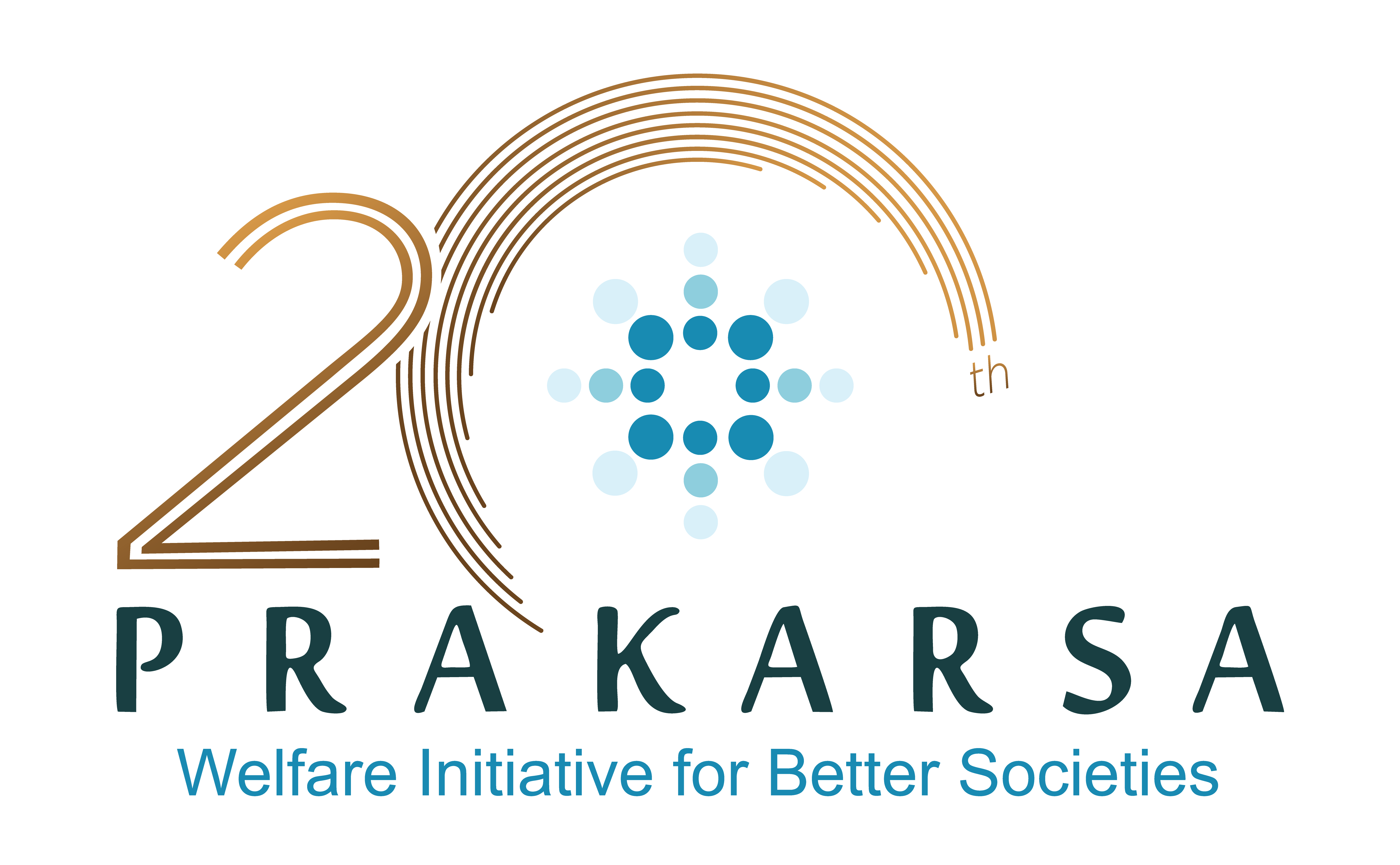With the glittery
economic indicators prior to the recent rupiah depreciation, Indonesia has set
an ambitious plan to climb the ladder and join the developed countries
league.
These days, the hustle and bustle of the APEC economic forum and the euphoria
surrounding the events, however, should not cloud us from the real hurdle to
becoming a developed country.
A big impediment to becoming a developed country came very recently, when the
result of the Indonesian Demographic and Health Survey 2012 was released (The
Jakarta Post, Oct. 3). From 228 deaths per 100,000 live births in 2007, the new
2012 maternal mortality rate (MMR) assumes an even higher rate than the 1997
rate, i.e. 359 compared to 307 per 100,000 in 1997. This soaring rate has put
Indonesia on par with Laos and Timor Leste, two of the least developed
countries in Southeast Asia.
Nonetheless we have seen it coming. Merely based on media coverage, we could
see the increase of the MMR in many areas in Indonesia. The MMR being the
indicator of the death of women related to their pregnancy and childbirth. Not
to mention the familiar largest contributors to MMR nationwide such as Banten,
East and West Nusa Tenggara, Papua, Southeast Sulawesi, West Java and even rich
provinces like Bali and East Kalimantan for instance, also saw their MMR rates
increase in 2011 and 2012.
Among the Millennium Development Goals (MDGs), to which Indonesia agreed to,
the government has seen the MMR as the “toughest MDGs target”, following the
fight to curb the figure in the past two decades. A number of programs to
reduce the MMR and the infant mortality rate (IMR) have been launched since the
late 1980s and early 1990’s.
Adopted from the Safe Motherhood Initiative from the World Health Organization
(WHO), we became familiar with the Village Midwife Program or Making Pregnancy
Safer as part of Indonesia Sehat (Healthy Indonesia) 2010, and many campaigns
to build awareness of ensuring safe pregnancies and childbirth.
These included the advertisements on Suami Siaga, which depicted the role of
the husband in ensuring his pregnant wife had regular examinations, among
others, and the campaign of “Empat Terlalu”, which warned against risky
pregnancies for women who were “too young, too old, too often” and pregnancies
which were “too close” to one another.
The universal maternity insurance (Jaminan Persalinan, or Jampersal) was
launched in 2011 as a means to tackle this toughest goal, despite some
operational glitches so far.
Many factors affect the MMR. The most often are irregular mother’s antenatal
and post natal visits, birth attendance by poorly trained attendants with lack
of facilities, as well as pregnant mothers’ low nutritional level and health
condition, and the poor distribution of medical workers in remote areas.
Road access to hospitals and health centers, water and sanitation and
equipments in health facilities add infrastructure factors into the equation.
Not to mention the role of women’s education, women’s empowerment and other
social, economic and cultural factors.
Whether the soaring MMR is caused by different data collection methods or
failure of the family planning program, something significant is missing from public
debate: the budget allocation for the health sector. Despite its daunting
importance to improve the quality of life of millions of Indonesians,
Indonesia’s health budget comprises only a modicum of the state budget.
If the United States government has been shut down these days because of the
fight between the current government and the opposition over US President
Barack Obama’s Medicare insurance, we hardly hear the battle over health budget
at the House of Representatives.
Only few legislators have demanded an increased budget for health, as well as
more effective use of the low budget allocation, which was only 3 percent of
the total state budget, lower than Health Law 2009 mandate, which is 5 percent.
In particular for reducing the maternal and infant mortality rates, the
state budget plan (RAPBN) for 2014 only allocates Rp 248 billion (US$215
million) or only a minuscule 0.53 percent of the budget allocation for maternal
and child health, more than 20 times less than the cost to bailout an unimportant
bank like Century, for instance.
In contrast, other not-so-performing economies like Nepal have performed
incredibly in terms of reducing its MMR. The Economist last month cited the
remarkable decline of MMR in Nepal as one of the main reasons why the country’s
poverty reduction rate fell significantly.
Between 1996 and 2010, Nepal cut half of its MMR from 539 to 229 per 100,000
live births, which also decreased infant mortality rate by 50 percent. Data of
the WHO last year showed that Nepal’s health sector received 2 percent of its
total gross domestic product (GDP) while Indonesia only has 0.8 percent. A
combination between emphasizing maternal health services and a more significant
health budget share has proved significant in saving women’s lives.
If we want a breakthrough, we should take a bold step. In the 2014 budget plan,
the Health Ministry receives approximately 1 percent less of the budget share
than the Religious Affairs Ministry and about four times less than the Defense
Ministry. Our politicians in Senayan must be bold enough to fight the battle to
comply with the Health Law’s mandate i.e. to increase health budget to 5
percent or at least close to it.
Coupled with improved health policies and management, we could achieve what Nepal
has achieved, or even more. And that is not too much to ask from a nation that
dares to set an ambitious target to become a developed country.
_______________
*) Victoria Fanggidae: The writer is a program and research manager at Perkumpulan Prakarsa (Center for Welfare Studies), Jakarta, and a postgraduate from the University of Melbourne’s Development Studies Program.
Published: The Jakarta Post 22 Oct, 2013

